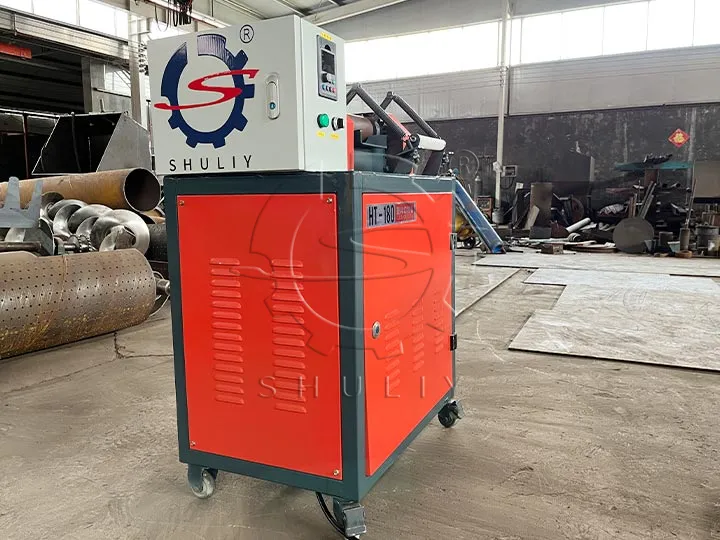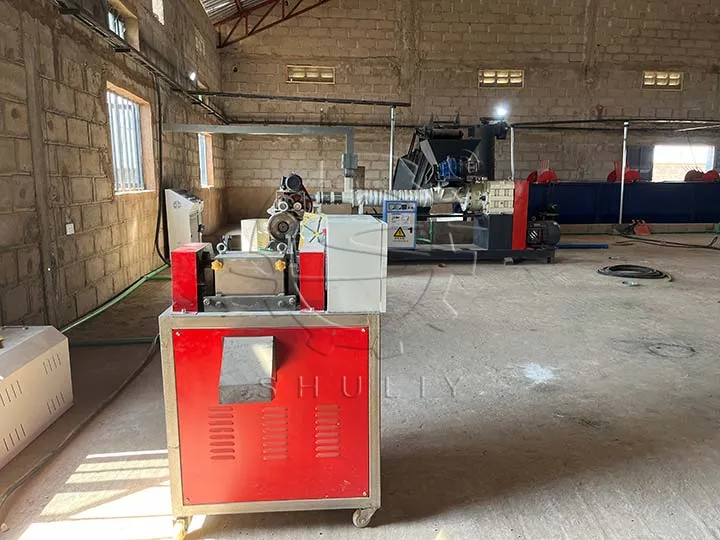Plastic dana cutter is an important processing equipment whose function is to cut the plastic strips extruded from the plastic pelletizer into pellets of uniform size. These pellets can be used as raw materials for manufacturing various plastic products such as bottles, pipes, packaging materials, etc. The working principle of plastic dana cutter is simple and effective, providing feasibility and convenience for plastic recycling.

Working principle of plastic dana cutter
Plastic pellet cutting machine is a kind of equipment used to cut plastic strips or blocks into pellets of uniform size. Its working principle is based on cutting and crushing technology. Firstly, the plastic material to be processed is fed into the inlet of the plastic cutter machine, and then the plastic is cut by cutting knives or blades to break it into particles of the required size. Eventually, the cut plastic granules are separated through a screen or vibrating screen for further processing or recycling.
Role of plastic cutter machine in pelletizing process
Improve the efficiency of recycling
The use of plastic dana cutter can greatly improve the efficiency of plastic recycling. It can quickly and accurately cut waste plastics into granules, providing high-quality raw materials for subsequent processing, thus speeding up the recycling process.

Improve the quality of recycled products
Plastic pellet cutting machine can cut plastic strips into uniformly sized pellets to ensure the stable quality of recycled products. These granules are easy to handle during subsequent processing and can produce plastic products with a smooth appearance and stable performance.
Reduced waste
Another important role of the plastic cutter machine is to reduce the generation of scrap. By precisely controlling the size and shape of the pellets, plastic dana cutters can minimize waste during the cutting process. Compared with manual cutting, the mechanized cutting process is more precise, which can make better use of raw materials, reduce the generation of waste and lower production costs.


